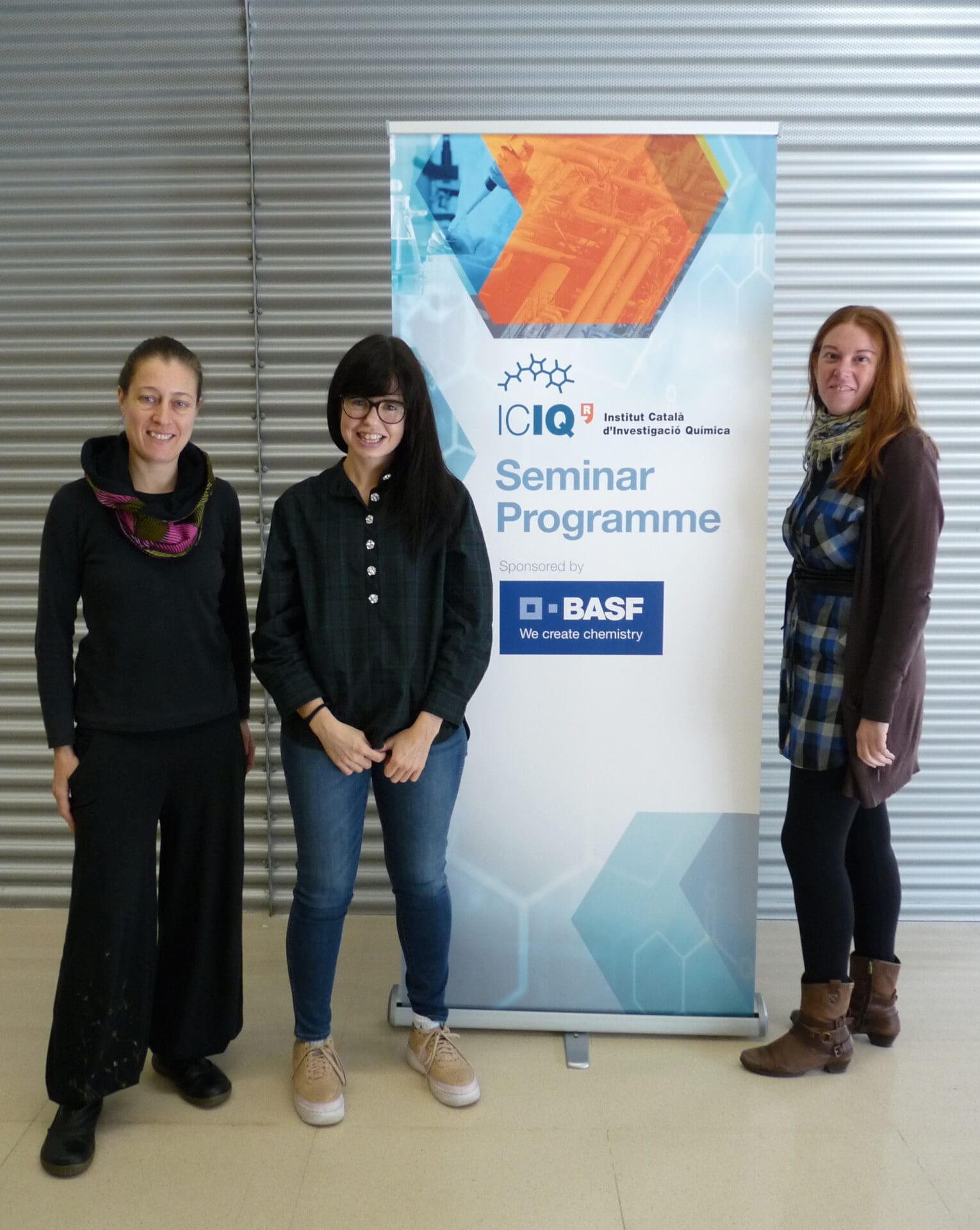
 07/02/2020
07/02/2020
 12:00 h
12:00 h
- Lecturer: Dr. Jessica Wade
- University: Imperial College London (United Kingdom)
- Sponsored by:

The Origins of Circularly Polarised Luminescense in Polymer Light Emitting Diodes
The emission of circularly-polarised (CP) light is central to many applications, including data storage, quantum computation, biosensing, environmental monitoring and display technologies. An emerging method to induce CP electroluminescence from the active layer of polymer light emitting diodes (PLEDs) involves blending achiral polymers with chiral small molecule additives. In such systems, the handedness of the CP light is controlled by the absolute stereochemistry of the small molecule. We demonstrate that it is possible to achieve both highly efficient and bright PLEDs (4.0 cd/A, 8000 cd/m2) with high dissymmetry of photo- and electroluminescence (gEL= ± 1.05). Through a comprehensive study of such systems we have identified a novel chiroptical property; the ability to invert the sign of CP light as function of active layer thickness for a fixed enantiomer of the chiral additive. We propose that this sign inversion arises due to an interplay between localised CP emission originating from molecular chirality and CP light amplification or inversion through a chiral medium. Understanding and optimising the mechanism of chiral induction in polymer-based organic electronic systems presents a fascinating and worthwhile endeavour at the interface of chemistry, physics, bioengineering and materials science.
Other events

Let's create a brighter future
Join our team to work with renowned researchers, tackle groundbreaking
projects and contribute to meaningful scientific advancements




















